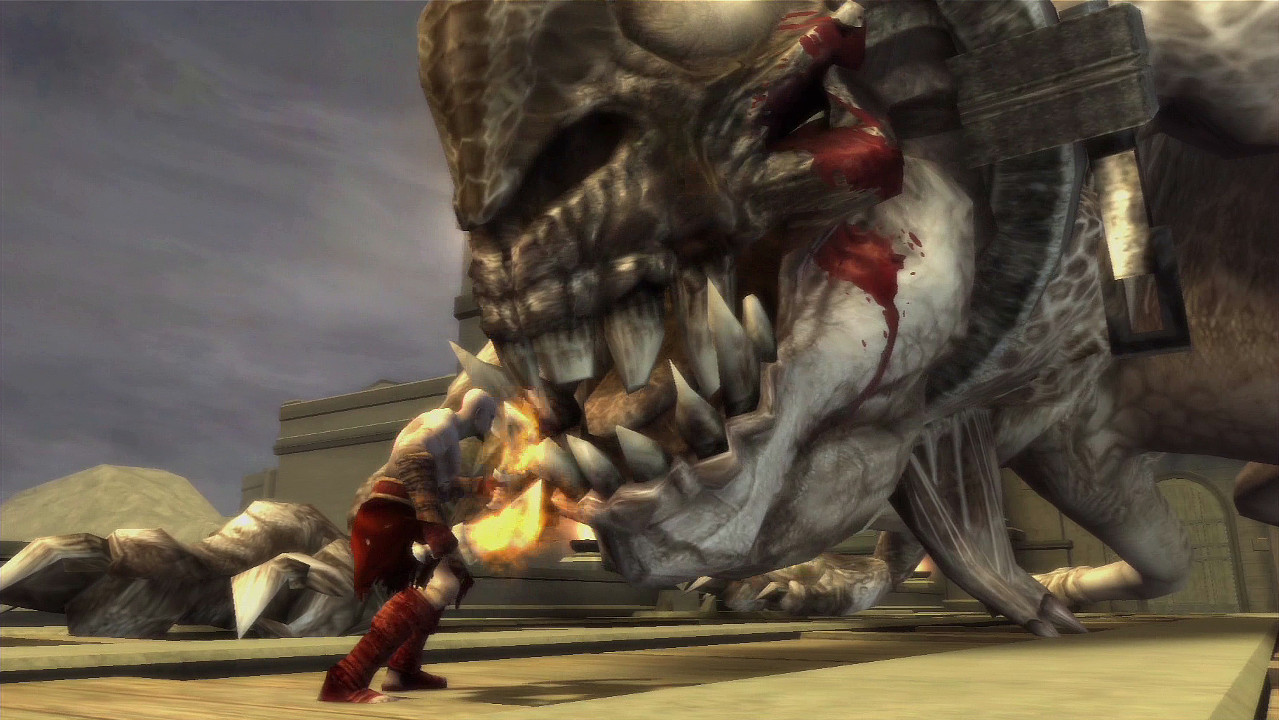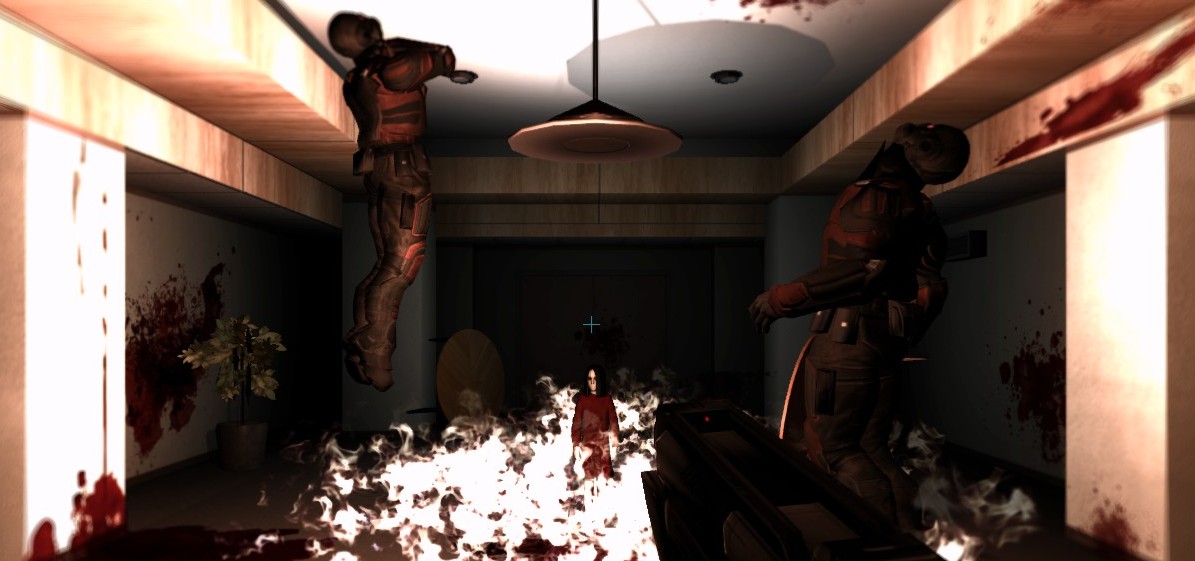A few months back, I decided to build a system for creating adventure games as a portfolio project. Now, I present the first complete adventure game designed using this engine. Based on the creepy-as-hell horse pictures I would constantly startle my friends with, this adventure will have you running and hiding from the nutty horror of flesh-eating horses. Enjoy.
Horse Teeth Rend Flesh





Recent Comments